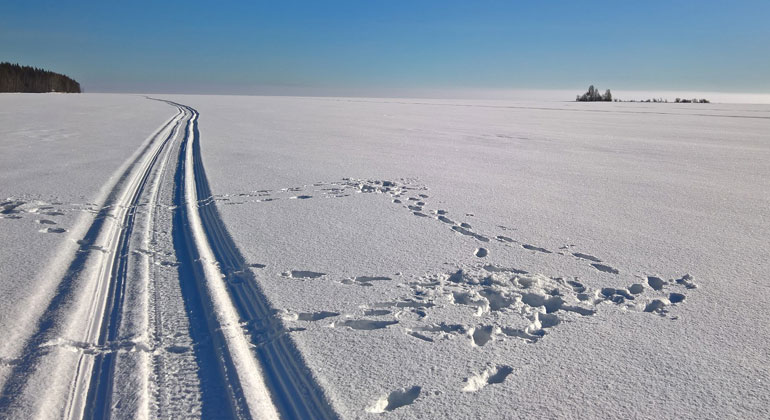Scientists will find out how much microplastic is in the snow
TSU scientists at the Biological Institute have begun research to determine the distribution of microplastics in atmospheric precipitation in Siberia and the features of the transfer of microparticles by air currents.
As part of the expedition to the Siberian Federal District, the staff of the TSU Biological Institute will survey a vast area from Biysk to the Arctic, with a total snow sampling route of 5,000 kilometers.
- People have been using plastic for over a century and a half. Synthetic polymers decompose very poorly, and many countries have not yet come to the purposeful collection and utilization of this material, therefore, more and more products of its decay – microplastics – are accumulating in the environment, – explains Yulia Frank, one of the project participants, a scientist at the TSU Biological Institute. – A significant amount of microplastics is known to end up in freshwater and marine systems. This is confirmed by our research. The new project will assess the concentration of synthetic microparticles in solid and liquid precipitation.
Biologists began collecting and analyzing rainwater and snow in the vicinity of Tomsk in the fall of 2020. Researchers carried out large-scale snow sampling in late February–early March because during this period the snow cover is thickest. The survey route includes points in different regions from Gorno Altai (Biysk, Belokurikha) to the Arctic (Tazovsky district). At each point, samples are taken three times for statistical processing of future data.
The first results of the analysis of atmospheric precipitation collected near Tomsk showed that they mainly contained fibers. Fragments of irregular shape and microspheres were found in smaller quantities. This is due to the low weight of the particles, which facilitates their transfer by air masses.
At the next stage of the project, scientists will conduct a laboratory analysis of new samples, assess the concentration of microplastics in solid atmospheric precipitation, and find out whether its level is affected by the proximity of roads and settlements.
- The results of international studies show that microplastics are common even in very clean areas, – says Julia Frank. – So, for example, in Germany, it was found both near settlements and in the German Alps, but in the mountains, its level is much lower. The highest concentration was noted near roads, where microparticles of automobile tires, which are conventionally also referred to as microplastics, are recorded in large quantities. At the final stage of the project, we will be able to assess the presence of microparticles in the environment in the Siberian Federal District and compare the level of environmental pollution with other regions.
Previously, scientists from TSU Biological Institute have analyzed the concentration of microplastics in the rivers of Siberia, and the digestive tract of fish. The study of precipitation and the regularities of the atmospheric transport of microparticles will significantly expand the complexity of research and help to understand what contribution Siberia makes to the global cycle of microplastic transport on the planet.








